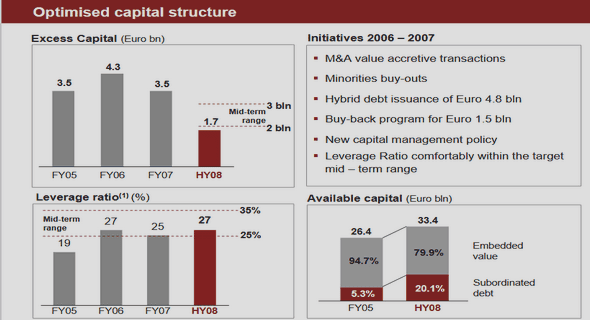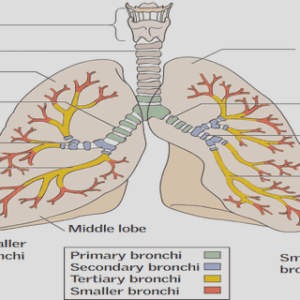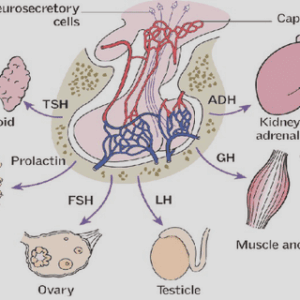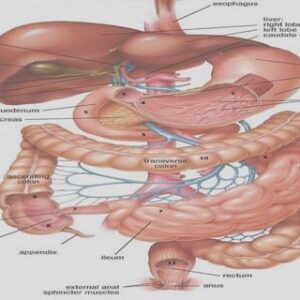(Downloads - 0)
For more info about our services contact : help@bestpfe.com
Table of contents
Part I. Understanding the Process of Development. An Economic History of French Women
Chapter 1 – Changes in Demographic Behavior
Introduction
1. The Demographic Transition
1.1. Evolution of Mortality Levels
1.2. Evolution of Fertility Levels
1.3. Natural Balance of Mortality and Fertility
2. Changing Patterns of Demographic Behavior
2.1. Marriage Pattern
2.1.1. Celibacy
2.1.2. Age at First Marriage
2.1.3. Illegitimate Births
2.2. Birth Limitation
2.2.1. Early Contraception – Birth Control
2.2.2. Birth Intervals between Rich and Poor
2.2.3. Women Age at Last Birth
3. Transformations of the French Demographic Landscape
3.1. Geographical Distribution of Fertility Rates
3.2. Explaining Geographical Differences in Fertility Decline
3.2.1. Specific Initial Demographic Characteristics
3.2.2. Fertility Regulation
3.2.3. Explaining Geographic Differences in Marriage Pattern
Chapter 2 – Changes in the Labor Force
Introduction
1. The Evolution of the Female Labor Force
1.1. General characteristics of the Labor Force Participation by Gender since 1806
1.1.1. The Expansion of the Female Labor Force Participation
1.1.2. Changes in the labor force by sectors
1.1.3. Transformation of the Social Structure of the labor force
1.2. Life Cycle Labor Force Participation
1.2.1. Female Labor Force by Marital Status
1.2.2. Female Labor Force by Age
1.2.3. Impact of Variations in Labor Force
1.3. Regional Dynamics of the Labor force
2. General Characteristics of the Gender Gap
2.1. The Gender Gap in Earnings and Occupations
2.1.1. The Gender Gap in Occupations
2.1.2. The Gender Gap in Earnings over the Long Run
2.2. Regional Dynamics of the Gender Gap
2.2.1. Gender Differences in Occupations
2.2.2. Gender Differences in Earnings
2.2.3. Productivity versus Customs
Chapter 3 – Changes in Human Capital
1. General Characteristics of the Evolution of the Female Human Capital
1.1. Overview of Literacy Rates by Marital Status in 1851
1.1.1. Age-heaping and Literacy
1.1.2. Gender Differences in Age-heaping
1.2. The Gradual Expansion of Schooling
1.2.1. Primary Education and Feminization (with Claude Diebolt)
1.2.2. Secondary Education
1.2.3. Higher Education
1.3. Changes in Educational Investments and Aspirations
1.3.1. Years of Schooling
1.3.2. Diploma
1.3.3. Field of Specialization
2. Regional Dynamics of Schooling
2.1. Geographical Evolution of Female Literacy Rates
2.2. Distribution of Enrollment Rates in Primary Schools (with Claude Diebolt)
2.2.1. The Situation of Primary education in 1837
2.2.2. Evolution of Primary Education between 1837 and 1876
2.3. Geographical Evolution of Infrastructures
3. The Gender Gap in Human Capital
3.1. General Characteristics of the Gender Gap
3.1.1. The Gender Gap in Enrollment Rates
3.1.2. The Gender Gap in Educational Attainment and Specialization
3.1.3. The Gender Quality of the Labor Force
3.2. Regional Dynamics of the Gender Schooling Gap
Chapter 4 – Changes in Gender Relations
1. Family Organization and Gender Relations: The Role of Female Empowerment
1.1. The “Traditional” Role of Women
1.2. The Emergence of a New Socio-economic Role of Women
1.3. The “Quiet Revolution”
2. Regional Dynamics of the Gender Gap
2.1. The Gender Gap Index
2.1.1. Methodology of the Gender Gap Index
2.1.2. Geographical distribution of the Gender Gap Index
2.1.3. Links with Economic Performance and Demographic Profile
2.2. Gender Gap and Socioeconomic Status. The Positioning of French Counties
2.2.1. Methodology
2.2.2. Variables and sources
2.2.3. Factor Analysis
2.2.4. The Positioning of French Counties in mid-19th Century
Part II. Analysis of the Relationship between Gender Equality and Economic Growth
Chapter 5 – Theoretical Foundations
1. The Stylized Facts of the Development Process
1.1. Evolution of Output and Population Growth in France
1.2. The Three Phases of the Development Process
1.2.1. Stagnation – Malthusian Era
1.2.2. Take-off – Post-Malthusian Phase
1.2.3. Sustained Growth – Modern Growth Regime
1.3. Main Challenges
2. Toward a Unified Theory of Growth
2.1. Theoretical Background
2.1.1. Traditional Theories of Economic Growth
2.1.2. Theories of Demographic Transition
2.2. Unified Growth Theory
2.2.1. Building Blocks of the Theory
2.2.2. Toward Greater Integration of Gender in UGT
Chapter 6 – Unified Growth Model
1. Basic Structure of the Model
1.1. Production
1.1.1. Production of Final Output
1.1.2. The Production of Human Capital
1.1.3. Technological Progress
1.2. Individuals
1.2.1. Preferences and Budget Constraint
1.2.2. The Household Choice Problem
1.2.3. Choice of Human Capital and Fertility
1.3. Distribution of Labor Types
2. The Dynamic Evolution of the Economy
2.1. Dynamic Evolution of the Key Variables
2.1.1. The Fraction of Skilled Individuals
2.1.2. Dynamic Evolution of Gender Equality
2.1.3. Process of Technological Process
2.2. The Dynamical System
2.3. The Global Dynamics of Development
2.3.1. Non-Developed Economy
2.3.2. Transitory Economy
2.3.3. Developed Economy
Chapter 7 – Quantity-Quality Trde-off. Evidence from 19th Cnetury France
1. Related Literature
2. A County-Level Database for France
3. Evidence on the Relation between Fertility and Education in 1851
3.1. Empirical Model
3.2. Results
4. Long-run Effect of Endowment in Human Capital on Fertility Transition
4.1. Empirical Model
4.2. Results
Conclusion
Appendix G
General Conclusion
Bibliography




